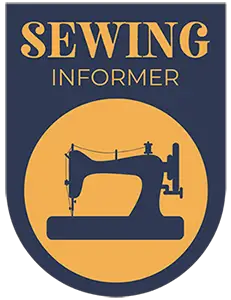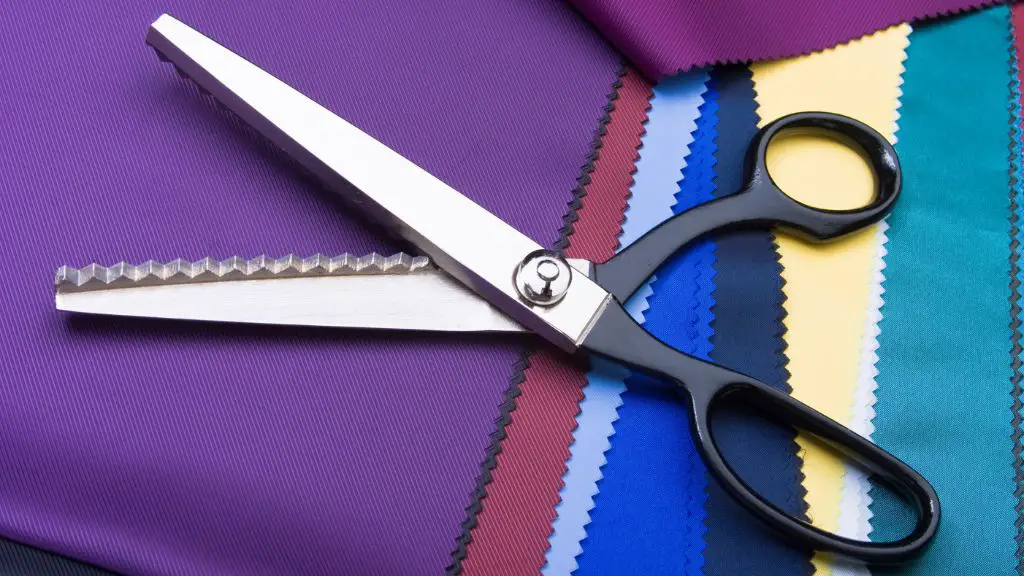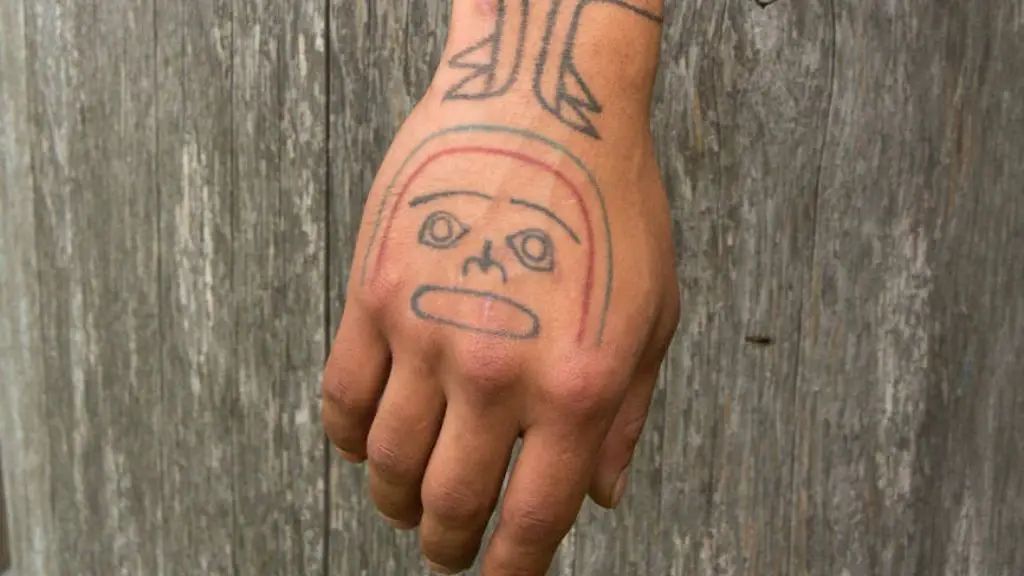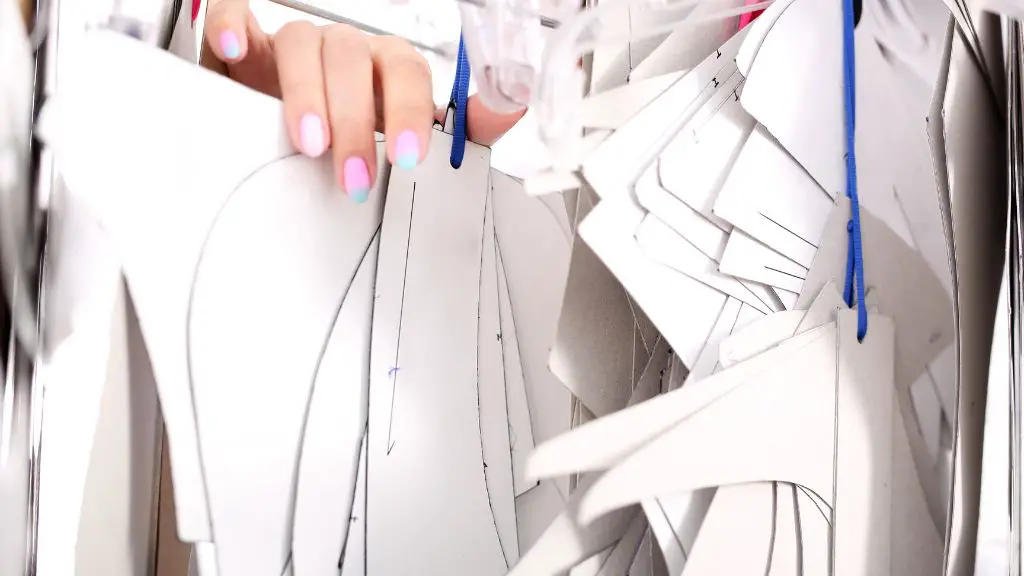Sewing Needles are one of those things that you would think aren’t allowed on planes. After all, you are not allowed to have many sharp objects along with you when traveling for safety purposes. Every sewing enthusiast who wants to travel by plane needs clarity on the question of whether they can take their needles along.
Yes, you can add sewing needles to both your carry-on and checked luggage when traveling by plane. However, there are some caveats involved that you have to be aware of.
In this article, we will look at the nitty-gritty of bringing along sewing needles when flying. Also, we’ll answer another question about what other sewing supplies you can take along with you. Additionally, we’ll take a look at sewing needles generally, their types, and how you use them properly.
Can You Fly Along with Sewing needles?
If you have ever flown by plane, then you probably know the stress that can come with check-in. Most people have the basic knowledge that airlines have strict guidelines of what can be carried along when boarding a plane, but many don’t know exactly what.
The Transportation security administration states on their website that sewing needles are allowed both in carry-on bags and checked bags. However, there is the additional caveat that it is up to airport security and the airline to determine whether it is acceptable for every trip. So, even though it is generally allowed, there might be special circumstances when you won’t be allowed to take sewing needles.
According to TSA regulations, your needles should be enclosed in a hard shell when not in use to prevent any freak accident. The most suitable shell is the pincushion used to hold needles. Also, it is best if you limit the number of needles you take along. After all, taking a large number of needles could seem weird and deter security from allowing them in.
Other sharp objects like blades are only allowed in checked luggage, and they have to be well wrapped to prevent injury to airline baggage inspectors and handlers. Some airlines don’t support bringing any sharp or needle-like objects along at all.
Other Sewing Supplies You can take on planes
All non-metal sewing supplies like thread have no restrictions. However, it is the metal and sharp objects that you have to be careful with taking along. Circular thread cutters and other cutter or needlepoint tools that have blades are to be placed in checked back. This is because of how easy it would be for malicious actors to harm others with these kinds of tools.
Also, you can take any scissors smaller than 4 inches along in your carry-on bag. Anything above that goes into the checked baggage. You can take your sewing machine both in the checked and carry-on bags. Other metal tools you can take in both bags Are crochet hooks, nail clippers, knitting needles, tweezers, staplers, and rotary cutters.
The metal sewing tools not on this list are often bright along in checked bags. As in the case with sewing needles, it is ultimately up to airport security whether you will be allowed to take particular tools along or not.
If you are not sure if a particular tool will be allowed, you should leave it behind as the risk of security hassle might not be worth it.
Can You Cross stitch On The Plane?
Most plane journeys run into hours. Of course, at this time it is easy to get bored if you can’t fall asleep. As a sewing enthusiast, one way of killing this boredom is by doing some stitching.
There are no restrictions against sewing in the plane. With all your tools and the fabric with you, you can quickly start some stitching. Another advantage of having this option, aside from killing boredom, is that it can shift the mind to a better place for people with flying anxiety. While we can’t call it a clean solution since the anxiety will still be there. It is easier to cope with this feeling when you are preoccupied with something you like doing.
A Guide To Sewing Needles
Like any other task you want to do, one must understand the tools you need when sewing or stitching. One of the most important sewing tools is the needle, alongside the thread. Because of their simplicity, it is easy to fall into the wrong assumption that you can use any sewing needle for your task.
This is far from the truth. Choosing the correct needle is one of the most important things in sewing, stitching, or knitting work. Sewing needles come in different sizes and their numbering standard differs by the type of needle. Generally, the larger the sewing needle, the smaller the number. In contrast, sewing machine needles use the opposite system.
When choosing a sewing needle to use on any project, you have the option of choosing the type and size of the needle. Both of these are quite dependent on the type of stitching you want to do and the kind of material you want to use. The fabric thickness and number of layers are important things to consider.
Types Of Sewing Needles
As mentioned earlier, there are quite a few types of sewing needles all with their respective niches and downsides. There are so many of them that it is very difficult to cover half in this piece. But some of the most important are:
Ballpoint needles:
These needles feature a rounder tip compared to universal needles. They work by pushing the fibers of the fabric apart rather than piercing it. They are ideal for knitting.
Embroidery needles:
These needles are the default options for hand embroidery. They are similar to sharps but have a longer eye which makes them able to take thicker threads. As embroidery often features thicker thread than sewing, this makes them ideal for embroidery projects.
Sharps:
These are similar to universal needles. They are all-purpose sewing needles and can be used for dressmaking, mending, and more. As their name suggests, they have a sharp end. This makes piercing the fabric easy without making a too large hole.
Universal needles:
As the name suggests, these needles can be used on any kind of fabric. However, the lack of specialization means that they are decent for every fabric but are not particularly excellent for any either. However, they come in handy when you can’t find the most suitable needle and they are very convenient to find. They have a sharp and pointed end that pierces fabric easily.
Of course, these are not all. There remain many other types of sewing needles out there. As you go on your sewing journey, you will find many more of them and learn how to use them all properly.
Best Practices With Using Sewing Needles
Sewing needles, being sharp objects can pose quite a danger if managed carelessly. With these objects, you have to be careful while using and storing them. Some of these are:
Store them properly:
One of the most important aspects of managing sewing needles is storage. As sharp objects that could easily cause harm if handled carelessly, how you store your needles when they are not in use matters a lot. The best way of storing sewing needles is by placing them in a hard case or pin cushion and only taking them out when they are needed.
Dispose of properly:
When sewing needles are old or damaged, you have to think up a way to dispose of them. You can’t dispose of needles like other trash because they could easily cause harm. One piece of advice is that you should place the needles in a container before throwing them out. If your neighborhood has special trash spots for sharp objects, that would be ideal. But if it doesn’t you should consider donating the needles or even reusing them like pins in the home.
Be extra careful around kids and pets:
When you have children or animals around, you should be even extra careful with how you place your sewing needles. Don’t leave them around even temporarily as a child or animal could roam there and get harmed while handling it dangerously.
Use the most suitable needle for every task:
This shouldn’t have to be said if you are well experienced in sewing. But many beginners don’t appreciate how crucial it is that your needle be perfect for the task you are using it for. Otherwise, it could lead to a shoddy job.
These are the things you should keep in mind in taking care of your sewing needles. They work all kinds of sewing needles you own.
Conclusion
Despite being obvious sharp objects that could be considered a danger risk on planes, you are allowed to add sewing needles to your luggage. However, it still depends on airport security whether they will allow your needles in. So don’t be surprised if some airlines don’t allow you to take your sewing needles along with you. This is highly unlikely as it only happens in periods of heightened risk and in normal periods you don’t have to worry about any such thing happening.
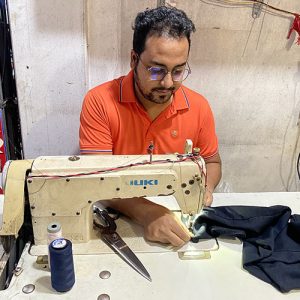
I love to sew and write! I have been doing both for many years and enjoy sharing my passion with others. I have written for both online and offline publications including Amazon and Medium, and I enjoy sewing clothes, quilts, and other items.
My writing style is engaging and lively, and I have a knack for delivering complex information in a way that is easy for everyone to follow.
